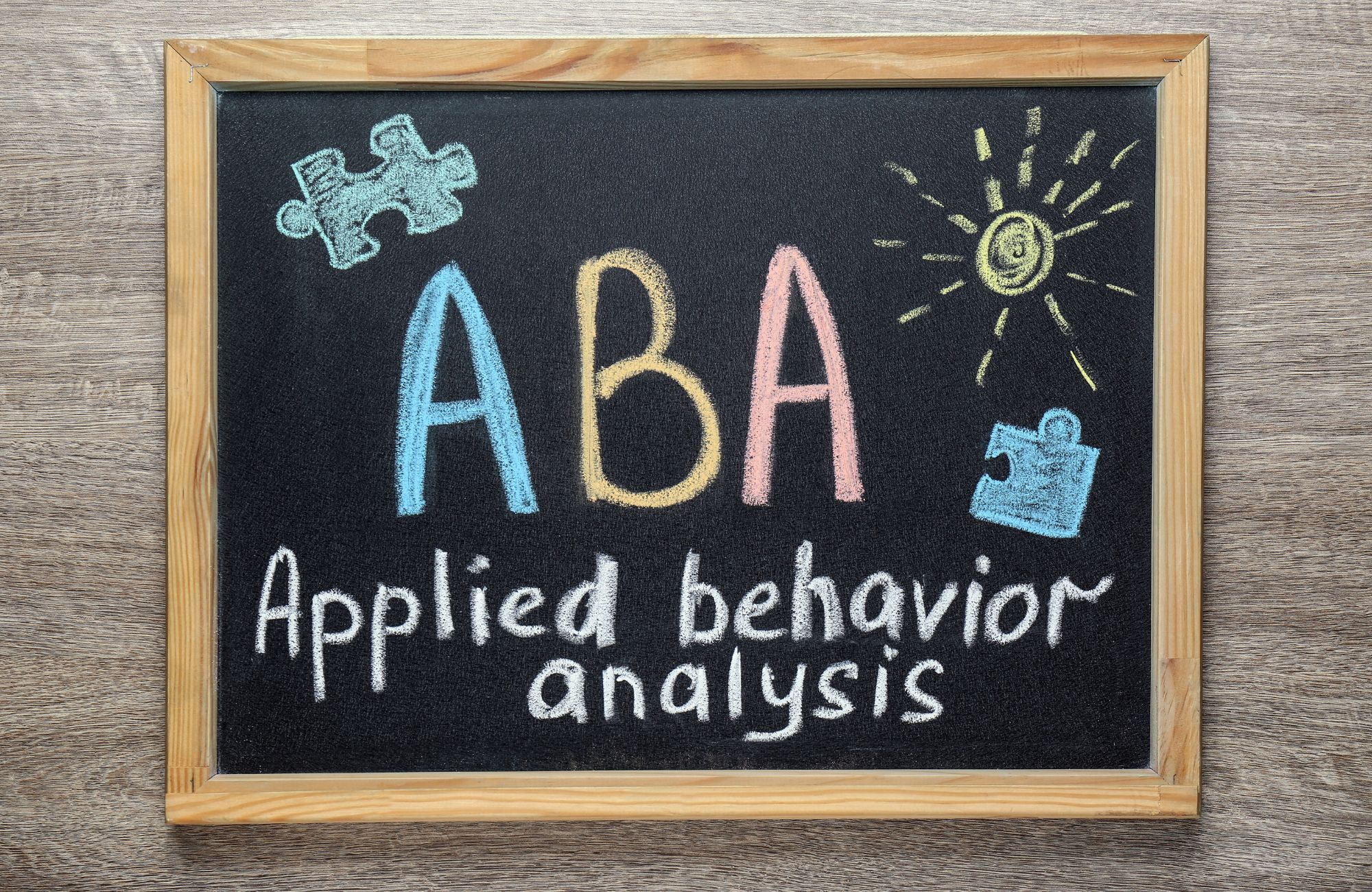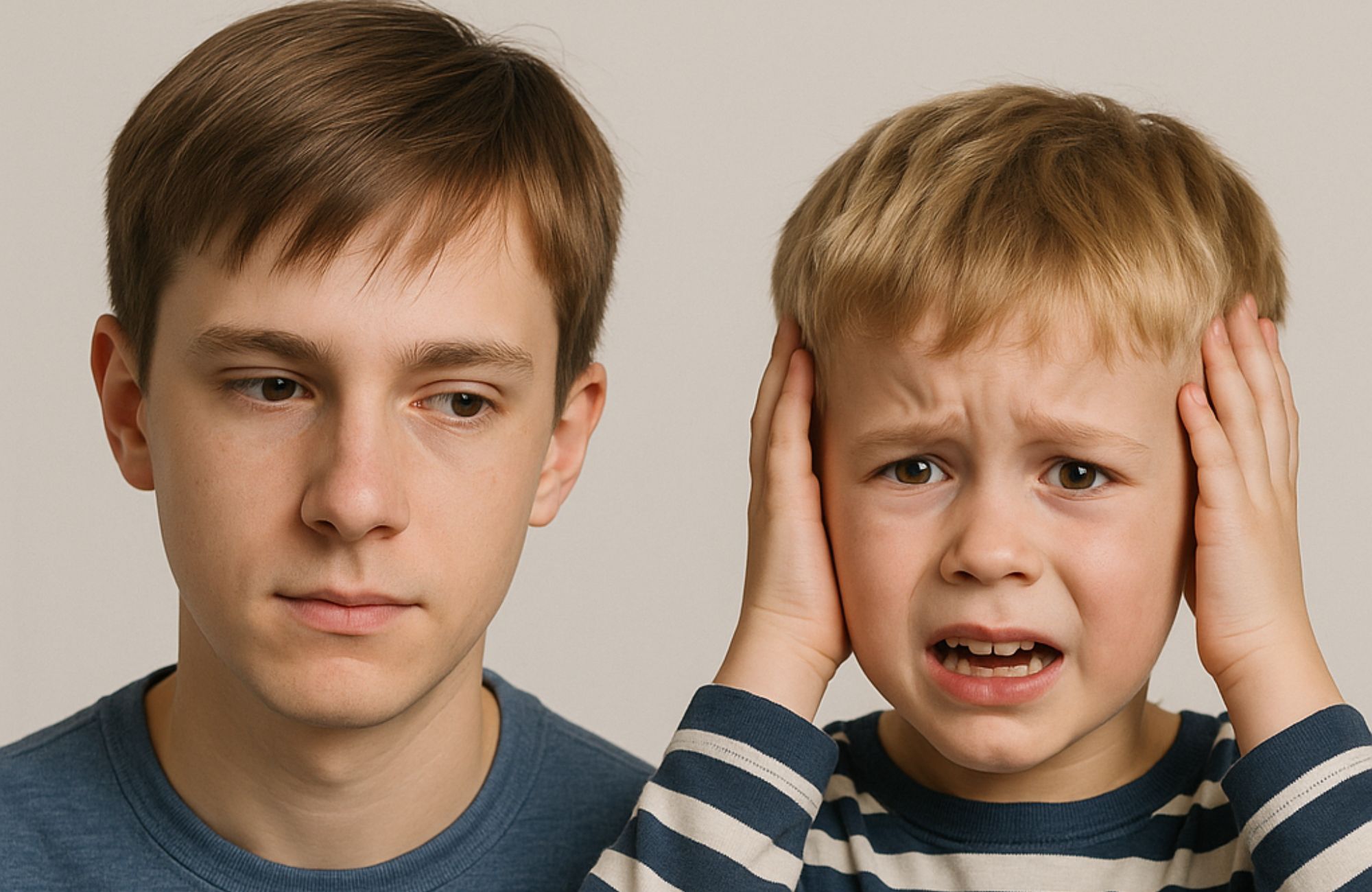How Long Are ABA Therapy Sessions? What Parents Should Know
If you’re considering ABA therapy for your child with autism, one of the first questions you might have is: How long are ABA therapy sessions? It’s an important question, especially when trying to manage family routines, school schedules, and other support services.
The answer isn’t one-size-fits-all. Applied Behavior Analysis (ABA) therapy is highly individualized and session duration depends on many factors, including your child’s needs, age, therapy goals, and insurance coverage.
What Is ABA Therapy and How Does It Work?
ABA, or Applied Behavior Analysis, is a science-backed approach to helping children with autism spectrum disorder learn meaningful skills and reduce challenging behaviors. ABA therapy programs are designed by a Board Certified Behavior Analyst (BCBA) and implemented by trained ABA therapists who work directly with your child.
These sessions focus on helping autistic children develop:
- Communication and language abilities
- Social interaction and play skills
- Adaptive skills like self-care and routines
- Reduction of behaviors that interfere with learning
ABA can be delivered in various environments including home, clinic, school, or community settings depending on what supports the child’s development best. Applied Behavior Analysis (ABA) therapy is a type of intensive therapy that focuses on understanding and changing behavior patterns in individuals with Autism Spectrum Disorder (ASD). The primary purpose of ABA therapy is to help individuals with autism develop skills and behaviors that are essential for everyday life, such as communication, social interaction, and daily living skills. ABA therapy is based on the principles of behavior analysis and uses techniques such as positive reinforcement, prompting, and shaping to teach new skills and behaviors. This evidence-based approach is designed to bring about meaningful and positive changes in behavior, ultimately enhancing the individual’s quality of life.
Typical Duration of ABA Therapy Sessions
So, how long are ABA therapy sessions? Most children attend sessions that last between 2 to 7 hours per day, depending on their treatment plan.
Some children require full-time intensive therapy with up to 40 hours per week, while others benefit from part-time ABA therapy around 10 to 20 hours weekly. The duration and frequency are based on the child’s age, attention span, and treatment goals.
| Session Type |
Typical Duration |
Frequency |
Total Weekly Hours |
| Part-Time ABA |
2–3 hours |
2–4 days/week |
6–12 hours/week |
| Full-Time ABA |
4–7 hours |
5 days/week |
25–35+ hours/week |
| Intensive ABA |
6–8 hours |
5–6 days/week |
Up to 40 hours/week |
These are starting points. Session hours are often adjusted as the child makes progress toward specific developmental and behavioral goals.
Factors That Influence Session Length
Not every child responds the same way to therapy, which is why ABA session duration is flexible and adjusts with progress over time. Session duration is flexible and adjusts with the child’s progress over time.
Key factors influencing ABA session length:
Age and Developmental Stage
Younger children tend to do better with shorter, more frequent sessions due to limited attention spans. Older children can typically handle longer sessions with more complex tasks.
Behavioral Needs and Symptom Severity
Children with more intense or challenging behaviors often benefit from longer or more frequent sessions to support consistent learning.
Treatment Plan and Goals
The child’s therapy goals determine how sessions are structured. A focus on basic communication may require a different schedule than targeting advanced social or adaptive skills.
Therapy Setting
Sessions in clinical environments are often longer due to available tools and fewer distractions. In-home and school-based sessions are typically more flexible.
Insurance Coverage
The number of hours covered depends on the child’s needs and the policies of the insurance provider. In most cases, hours must be deemed medically necessary to qualify for coverage.
Complexity of Behaviors and Age
The complexity of behaviors and age of the individual with autism can significantly impact the duration and frequency of ABA therapy sessions. Children with more complex behaviors may require more intensive and frequent therapy sessions to address their specific needs effectively. On the other hand, younger children often benefit from shorter, more frequent interventions due to their limited attention spans. ABA therapists carefully consider the individual’s age, developmental level, and specific behavioral challenges when determining the optimal structure of ABA sessions. This personalized approach ensures that each child receives the appropriate level of support to foster their development and progress.
Determining ABA Therapy Hours
Determining the number of ABA therapy hours required for an individual with autism is a complex process that involves a thorough assessment of the individual’s needs and goals. ABA therapists use standardized assessments and evaluations to gauge the individual’s current skills and areas that need improvement. Based on these evaluations, they develop a tailored treatment plan that targets specific goals and objectives. The number of ABA therapy hours required can vary significantly depending on the individual’s needs and the intensity of the intervention. This personalized approach ensures that each child receives the right amount of support to achieve meaningful progress.
What Happens During an ABA Therapy Session?
ABA sessions follow a consistent structure, but they are customized to your child’s needs and goals. Sessions are designed to be engaging, supportive, and productive.
A typical session might include:
- A warm-up period to build rapport or review past skills
- Skill-building activities focused on goals like communication, behavior, or social interaction
- Targeted interventions for reducing unwanted behaviors
- Reinforcement breaks and play-based learning to keep the child engaged
- A summary or debrief at the end for tracking progress and planning next steps
Therapists may adjust the structure depending on your child’s mood, energy, or behavior on that particular day.
The Role of the ABA Therapist
The ABA therapist plays a critical role in the ABA therapy process. ABA therapists are trained professionals who have expertise in applied behavior analysis and autism treatment. They work closely with individuals with autism and their families to develop and implement tailored treatment plans that target specific goals and objectives. ABA therapists use a variety of techniques, including positive reinforcement, prompting, and shaping, to teach new skills and behaviors. They also provide ongoing assessment and evaluation, making adjustments to the therapy plan as needed to ensure continuous progress. The dedication and expertise of ABA therapists are essential in helping children with autism achieve their full potential.
Conclusion
ABA therapy is a long-term commitment, but the progress it creates is lasting. With early intervention, many children begin building positive behaviors and essential social skills that help them succeed at home, in school, and everyday life. As your child reaches milestones and gains independence, the need for intensive ABA treatment may decrease, and eventually, you may decide to stop ABA therapy altogether. The important thing is that the therapy evolves with your child, offering support that aligns with their goals and growth.
At Affinity ABC, we specialize in providing ABA therapy that is tailored to each child’s unique needs. Our evidence-based approach focuses on improving essential skills like communication, social interactions, and behavior management through proven techniques. If you’re wondering what ABA therapy looks like for your child, we’re here to guide you through the process with personalized care and expert support. Contact us today to learn more about how our ABA therapy services can make a difference in your child’s life.
FAQs
What is the minimum hours for ABA therapy?
Most providers recommend at least 10 to 15 hours per week for meaningful progress.
Fewer hours may be considered if supported by strong caregiver involvement and consistent routines at home. Your child’s BCBA will assess what level of support is appropriate based on their unique needs.
How long does a ABA take?
ABA therapy can last anywhere from a few months to several years.
It depends on how quickly your child meets therapy goals and how their needs change over time. Consistent progress and caregiver involvement often lead to more efficient outcomes.
What is the duration in ABA therapy?
Duration refers to both the length of each session and the overall treatment span.
Sessions typically last 2 to 7 hours, with long-term treatment lasting 1 to 3 years depending on progress. Therapists adjust both session length and total hours as your child gains new skills.
How long is the ABA program?
ABA programs vary widely, but many children participate for multiple years.
As goals are met, therapy is reduced and eventually phased out with continued support if needed. The program timeline is flexible and adapts to your child’s development and milestones.
When should you stop ABA therapy?
You may stop ABA therapy when your child consistently meets their goals and functions well in everyday settings. This decision is best made with input from your BCBA and your family’s comfort level. Ongoing assessments help determine when therapy is no longer clinically necessary.









